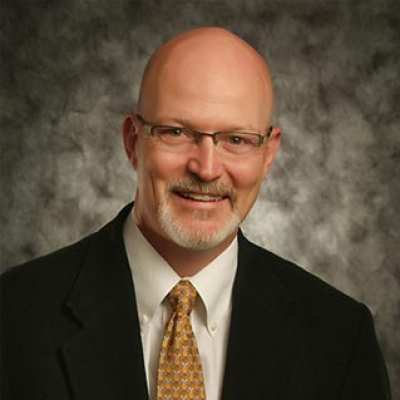Exceptional Care in the face of fear…
 By John Halligan, M.D. | Medical Director
By John Halligan, M.D. | Medical Director
Presciently, Dr. Blom’s title for our last NewsBeam was “My how things have changed…”. After only a few short months, our daily lives certainly have changed in dramatic ways as COVID-19 has infiltrated the globe at a furious pace, and those of us in health care have been particularly affected. The highly contagious virus and its associated respiratory syndrome is a distinct threat predominantly to the elderly and those with medical co-morbidities, but can cause death even in those who are younger and without comorbid conditions. Recent data from New York City shows mortality rates of 0.5%, 2.4% and 6.9% for those age 18-44, 45-64 and 65-74, respectively. Sadly, the mortality rate is a staggering 15.3% for those over 75 years of age. Unfortunately, many of our patients are in these latter age groups and so are at increased risk. As a result, we have been proactive in implementing safeguards and protocols to minimize risk for our staff, patients and colleagues at all of our centers.
Those of you who work in the Providence Cancer Center have seen the initial screening and are aware of the secondary screening process marshaled by Drs. Joanne Hope and Linda Smith. In addition, we are minimizing the number of patients entering our clinics throughout the state by pre-screening via telephone the day prior to a patients’ visit and changing as many appointments as possible to telephone or telemedicine appointments. The rapid adoption of video platforms such as Microsoft Teams, Zoom Meeting, FaceTime, etc. and the relaxation of regulations by CMS and insurers have been instrumental in allowing practices such as ours to proceed as such.
We, like others, are wearing masks and proper PPE while placing a major emphasis on frequent handwashing for our staff and patients. Increased frequency of cleaning all surfaces, including the linear accelerator treatment table between every patient, with viricidal cleansers has become the norm in record time. Fortunately, with our large waiting areas and decreased number of visits/visitors, our patients have more than enough room to practice proper social distancing. We realize that as the number of cases in Alaska grows, we will likely have to treat a patient who has tested positive for COVID-19 and protocols are in place to do so while keeping our staff and other patients safe.
As a result of all the aforementioned measures, we are able to maintain full treatment capabilities during this ordeal. While one of our greatest fears is that a patient with a curable malignancy may progress to incurable because of a delay from the virus, we are following the guidelines published by the Yale University Radiation Oncology Department on what can be done to minimize visits. This includes hypofractionation (fewer total treatments using a higher dose of radiotherapy per treatment) when appropriate, delaying cancer care that has a low probability of progression over the next 1-2 months and other measures.
Additionally, we in Radiation Oncology are also being called on as a means of decreasing patient exposure and use of hospital resources. The Providence St. Joseph Health Care System guidelines, as well as other national guidelines, recommend further increasing the use of stereotactic ablative body radiotherapy (SABR) techniques such as CyberKnife in place of surgical resection for early stage lung and liver lesions as well as metastatic lesions. In this way, patients avoid the risks of hospitalization and decrease the use of supplies and operating room time while minimizing the number of appointments without compromise in cancer care. As we band together during this difficult time, please know that we continue to provide the highest level of care for our patients in a compassionate and calming manner. Please contact us if you have any questions about how COVID-19, and it’s potential threat, is impacting cancer care in our community.

